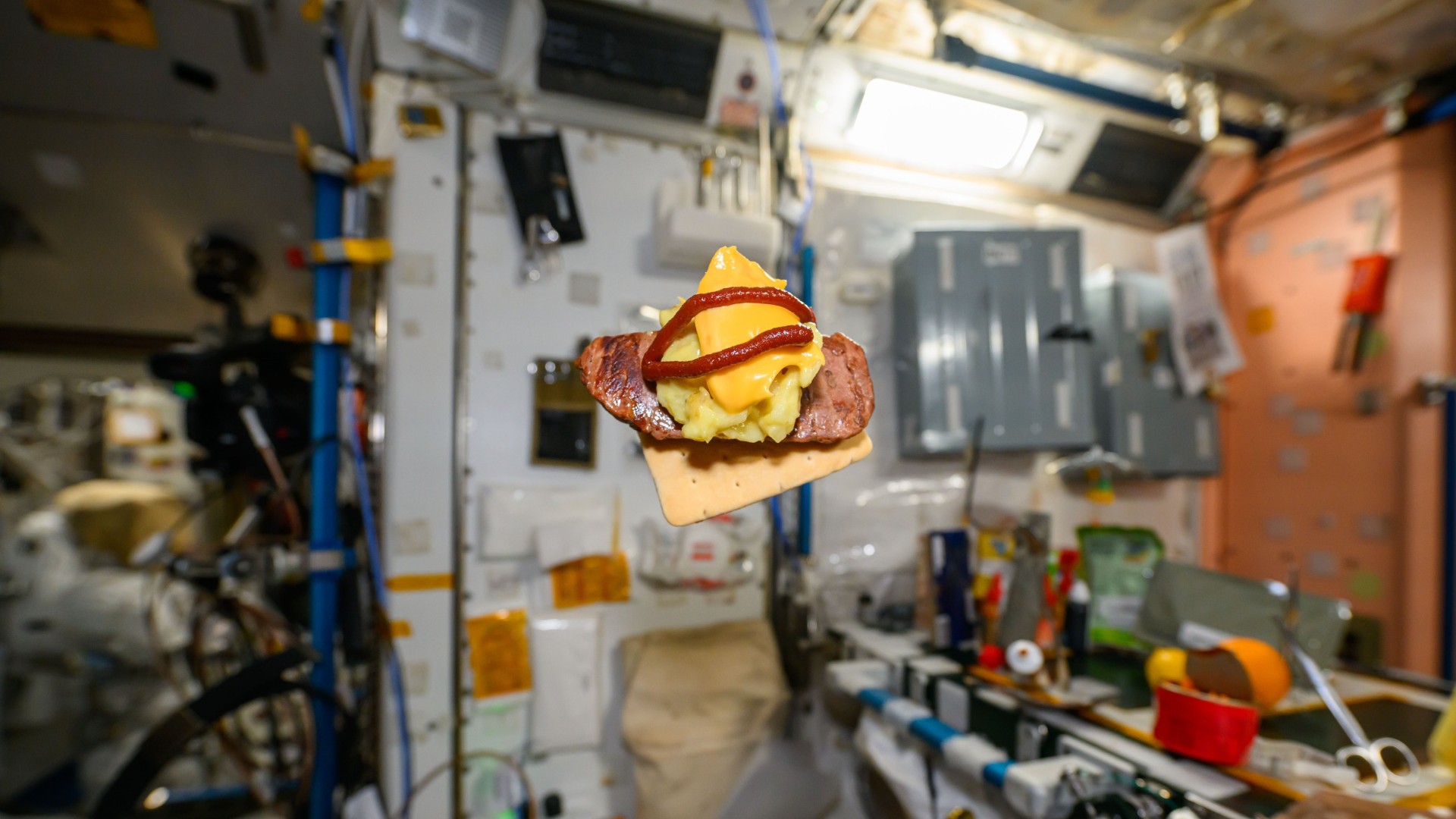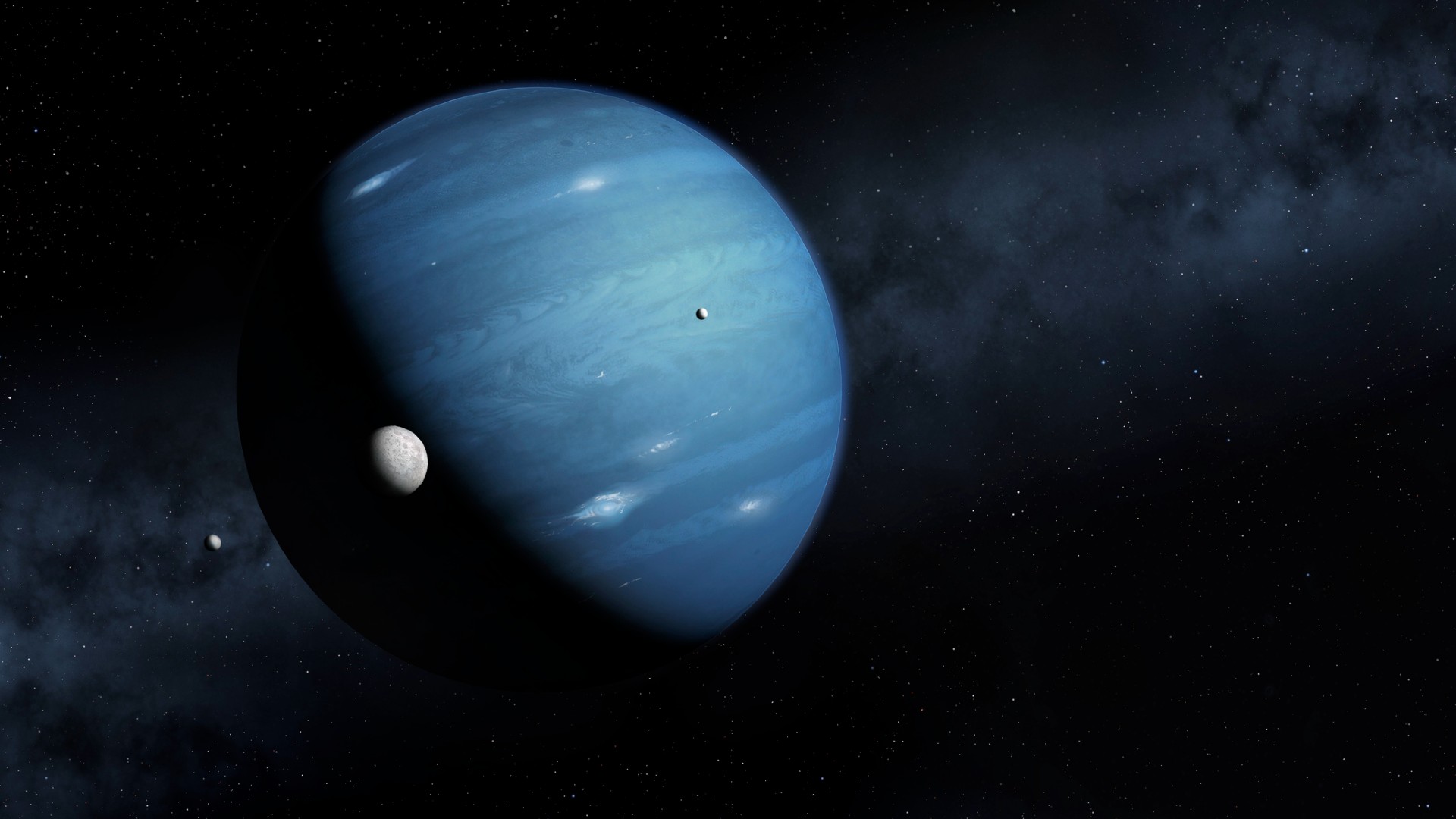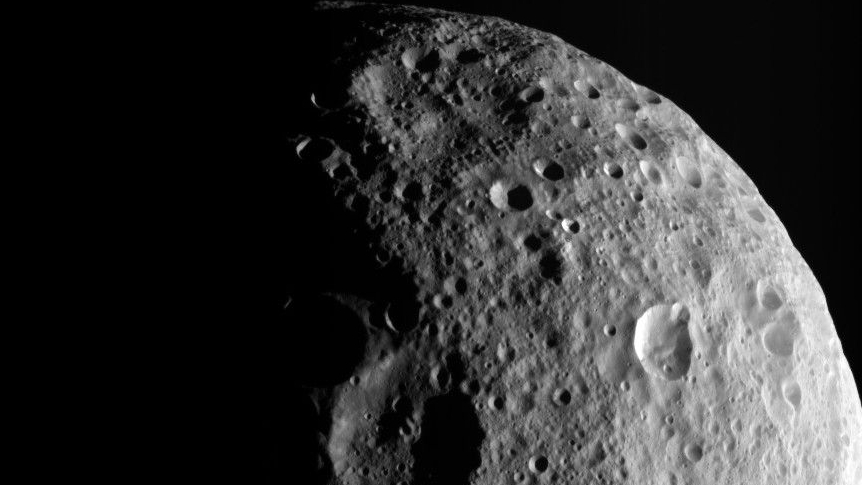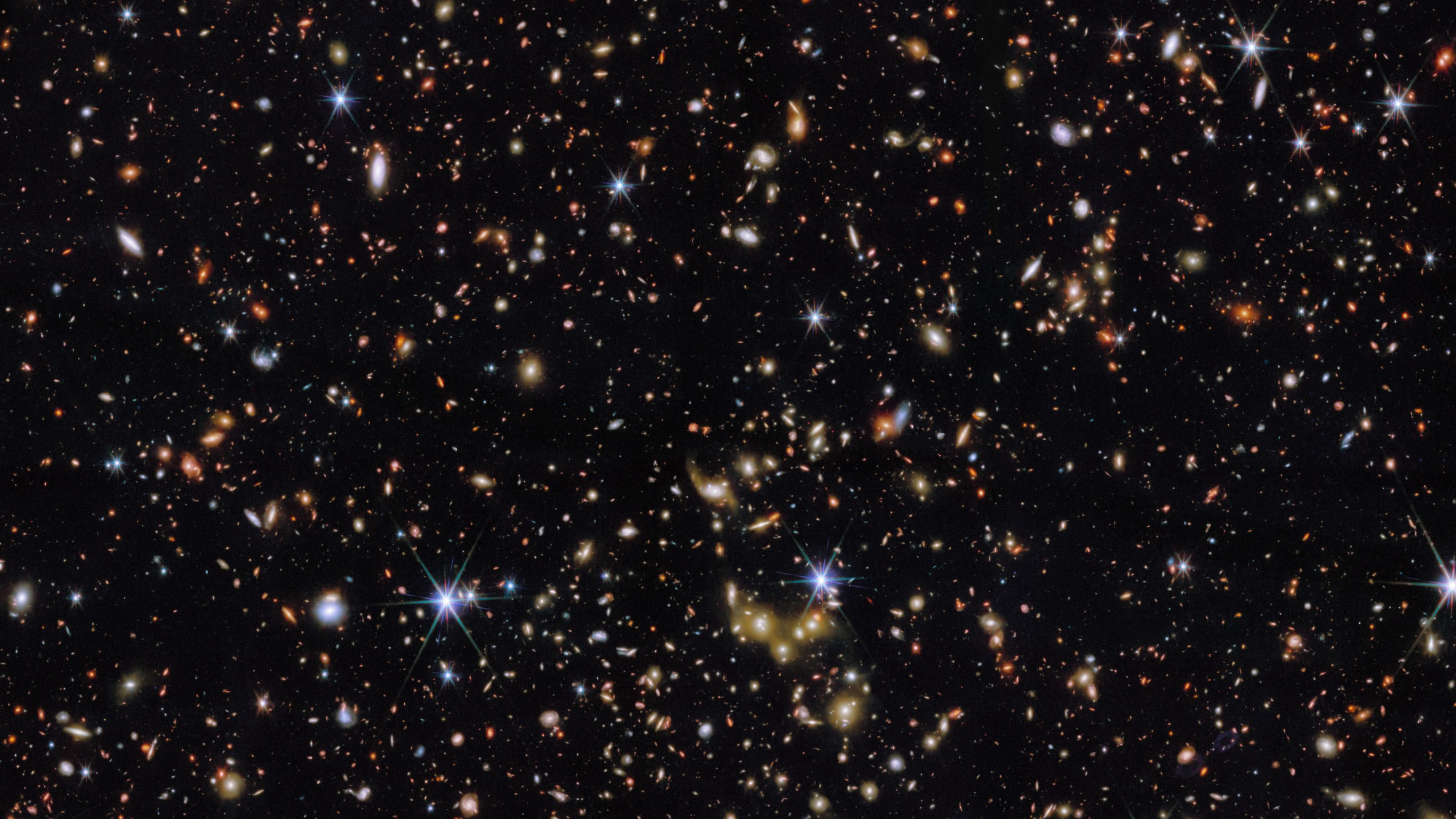NASA Plans to Have WFIRST Space Telescope Reviews Complete by April
NATIONAL HARBOR, Md. — NASA hopes to have a major astronomy mission back on track by April after completing efforts to reduce its cost, an agency official said Jan. 8.
Speaking at a meeting of astronomers prior to the start of the 231st Meeting of the American Astronomical Society here, Paul Hertz, director of NASA's astrophysics division, said the agency plans to hold a key review for the Wide-Field Infrared Survey Telescope (WFIRST), known as Key Decision Point B, by April.
WFIRST was the subject of an independent analysis that concluded in October that its cost was at least $3.6 billion. NASA, in response to that report, called on the project to "descope" the mission to bring its cost down to a prior of estimate of $3.2 billion.
Hertz said that, under the project's current schedule, there will be a system requirements review and mission design review in February, followed by an independent cost assessment. That will be followed by the Key Decision Point B review in March or April, which would allow the project to proceed into Phase B of its development.
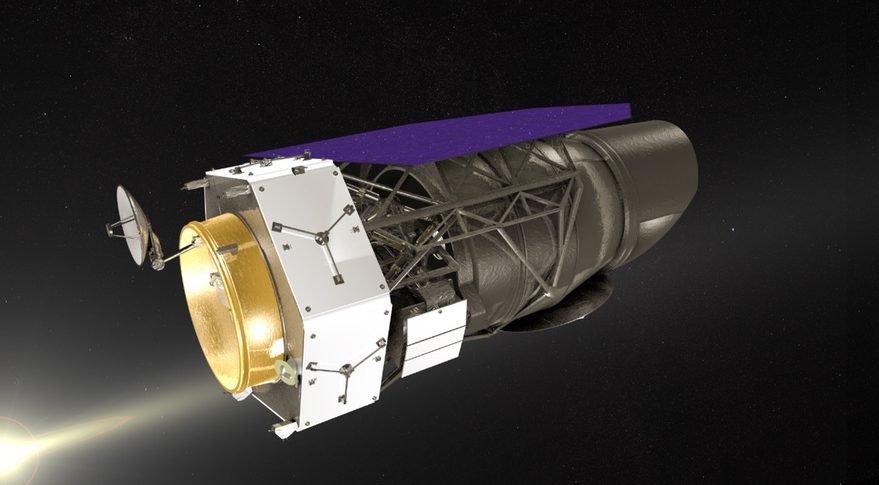
The biggest changes to WFIRST to lower its cost involve one of its instruments, a coronagraph. That instrument is designed to precisely block light from individual stars, allowing observations of planets or dust disks orbiting them.
That instrument, he said, will now be considered a technology demonstration, and its cost will be shared with the agency's Space Technology Mission Directorate. "Their contribution, and international contributions, do not count against the $3.2 billion," he said.
As a technology demonstration, Hertz said the coronagraph will have fewer science functions. It will, he said, remain "a very valuable technology demonstration with feed forward into future direct imaging missions."
Get the Space.com Newsletter
Breaking space news, the latest updates on rocket launches, skywatching events and more!
The mission is also planning reductions for WFIRST's other main instrument, a wide-field instrument. Hertz said the instrument will have fewer operating modes and relaxed detector requirements, and some capabilities will be provided by unannounced international partners.
Another change has been revisions to the overall project schedule, which allows for a launch about six months sooner than previously planned, saving money. However, he said the project will spend more money on "mission assurance" activities in response to a finding by last fall's independent review that argued the mission was taking on a higher risk profile than warranted for one of this size.
Hertz said later that NASA is in discussions with five potential international partners for roles on WFIRST. "Each of those partners is going through their own internal processes, so we're not announcing what we're assuming they will contribute until they're ready to say publicly that they have approval," he said.
This story was provided by SpaceNews, dedicated to covering all aspects of the space industry.
Join our Space Forums to keep talking space on the latest missions, night sky and more! And if you have a news tip, correction or comment, let us know at: community@space.com.

Jeff Foust is a Senior Staff Writer at SpaceNews, a space industry news magazine and website, where he writes about space policy, commercial spaceflight and other aerospace industry topics. Jeff has a Ph.D. in planetary sciences from the Massachusetts Institute of Technology and earned a bachelor's degree in geophysics and planetary science from the California Institute of Technology. You can see Jeff's latest projects by following him on Twitter.

